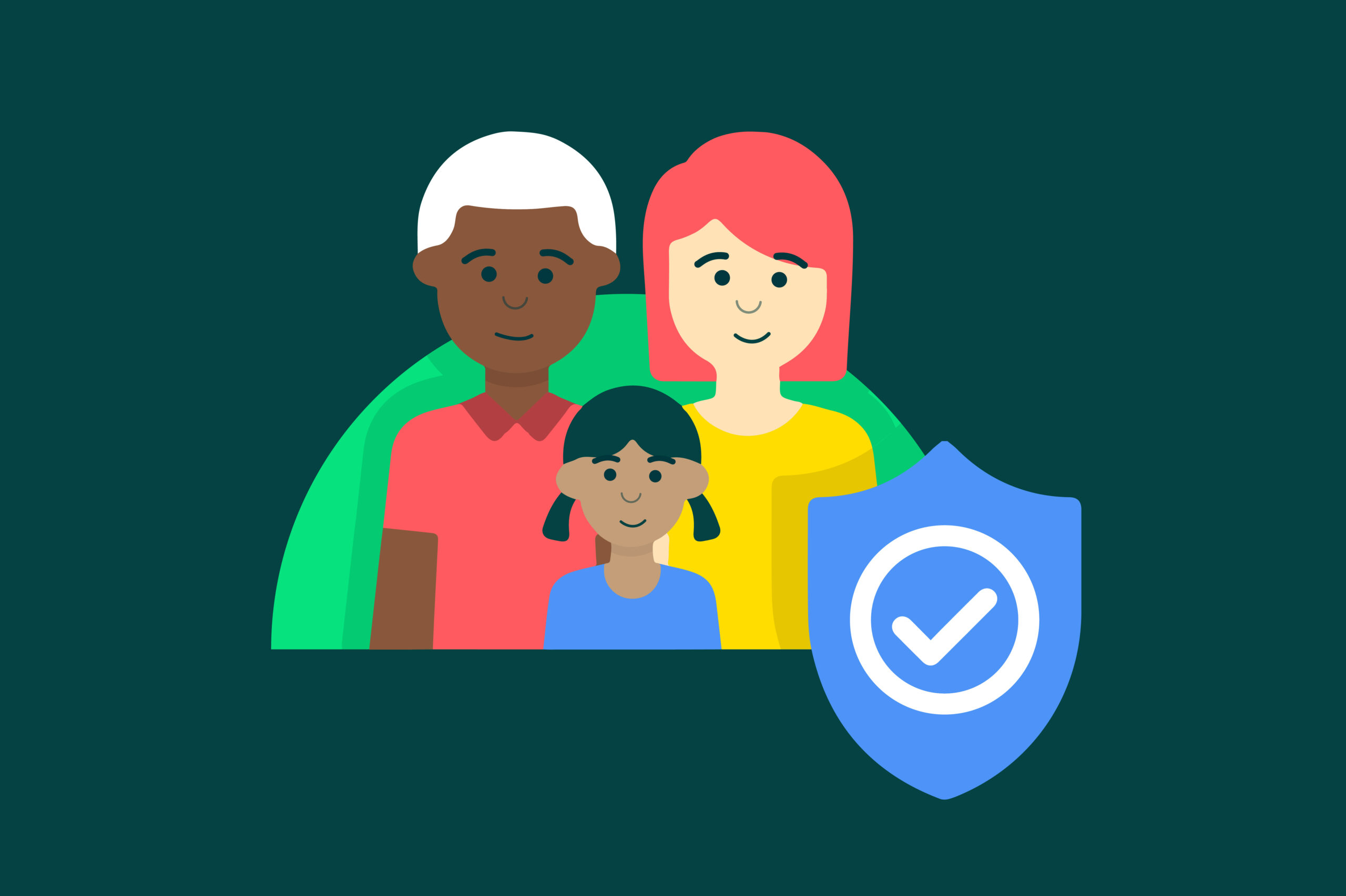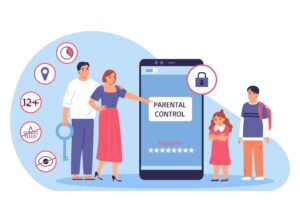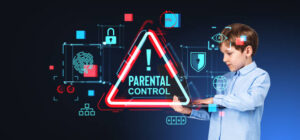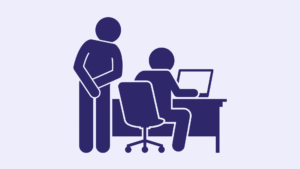Parental Controls: Safeguarding Children in the Digital Age
Introduction
The digital revolution has reshaped how children learn, play, and connect with the world. From educational apps to social media platforms, the internet has opened doors to endless opportunities. However, with this vast access comes risks such as exposure to inappropriate content, cyberbullying, online predators, and excessive screen time. For parents, ensuring children’s digital safety has become a top priority.
This is where parental controls come into play. These tools allow parents to set boundaries, filter content, monitor activities, and create healthier digital habits for their children. In this article, we’ll take a deep dive into parental controls—what they are, how they work, their benefits, challenges, and the future of online safety for kids.
What Are Parental Controls?
Parental controls are software or hardware-based features that help parents regulate and monitor their children’s use of digital devices. They can:
-
Block access to inappropriate websites.
-
Limit screen time and app usage.
-
Track online activities, including search history and social interactions.
-
Restrict purchases and downloads.
-
Provide reports and alerts to parents about their child’s digital behavior.
These tools are embedded in devices like smartphones, tablets, gaming consoles, smart TVs, and routers. They can also be installed as third-party apps offering more advanced monitoring features.
Why Are Parental Controls Important?
1. Protecting Children from Harmful Content
The internet hosts a massive amount of unfiltered information. Without restrictions, children might encounter violent, sexual, or age-inappropriate material. Parental controls ensure that only safe and age-appropriate content reaches their screens.
2. Preventing Cyberbullying and Online Exploitation
Social platforms can sometimes become breeding grounds for bullying or exploitation. By monitoring chat apps, parental control tools can detect potential red flags early.
3. Managing Screen Time
Children can spend hours gaming, scrolling, or streaming, which may lead to addiction, poor sleep, or reduced academic performance. Time-limit features allow parents to balance online and offline life.
4. Encouraging Productive Digital Habits
When used responsibly, parental controls can guide children toward educational apps and platforms, promoting constructive online engagement.
5. Financial Safety
In-app purchases and subscriptions can sometimes go unnoticed. Parental controls prevent unauthorized purchases, protecting parents from unexpected expenses.
Types of Parental Controls
Parental control systems can be broadly divided into categories:
1. Content Filters
These block inappropriate websites, videos, or search results. They use blacklists, whitelists, or AI-based filtering to ensure children access only safe content.
2. Usage Controls
These allow parents to set time limits for devices, apps, or internet usage. Some tools also enable “bedtime mode” to disconnect devices at night.
3. Monitoring Tools
Monitoring apps give parents insights into browsing history, app usage, calls, texts, and social media interactions.
4. Location Tracking
Many parental control apps include GPS tracking, allowing parents to know their child’s location in real-time.
5. Communication Restrictions
Parents can block specific contacts or limit who children can communicate with through calls, messages, or social apps.
6. Purchase & Download Restrictions
App stores and platforms allow parents to require approval for downloads, preventing accidental or unsafe purchases.
Popular Parental Control Tools and Platforms
1. Built-in Tools
-
Apple Screen Time (iOS/macOS): Offers app limits, downtime schedules, and content restrictions.
-
Google Family Link (Android/Chromebooks): Lets parents set digital ground rules, approve apps, and monitor usage.
-
Microsoft Family Safety (Windows/Xbox): Provides screen time limits, web filtering, and activity reports.
2. Third-Party Apps
-
Qustodio: Comprehensive monitoring with web filters, location tracking, and time limits.
-
Net Nanny: AI-based real-time content filtering and app management.
-
Bark: Specializes in social media monitoring and detecting harmful communication.
-
Norton Family: Known for web supervision and search monitoring.
3. Router-Level Controls
Smart routers from brands like TP-Link, Netgear, and Google Nest allow parental settings at the network level, blocking inappropriate content across all connected devices.
4. Gaming & Streaming Platforms
-
PlayStation & Xbox: Offer child accounts with spending, playtime, and communication restrictions.
-
YouTube Kids: Filters inappropriate videos and lets parents control screen time.
-
Netflix Kids Profiles: Restrict content based on maturity ratings.
Challenges of Using Parental Controls
While beneficial, parental controls are not perfect. Parents must be aware of the limitations and challenges:
-
Over-reliance on Technology
Parental controls should complement—not replace—open communication and trust. Children may find ways to bypass restrictions if they feel overly controlled. -
Privacy Concerns
Over-monitoring can sometimes feel invasive. Striking a balance between safety and respecting a child’s privacy is essential. -
Tech-Savvy Kids
Today’s children often outsmart parental control systems, finding workarounds using VPNs, alternate browsers, or borrowed devices. -
False Sense of Security
Parents may assume that controls cover all risks. However, emotional challenges like peer pressure and cyberbullying need proactive guidance, not just software. -
Age Appropriateness
What works for a 6-year-old may not suit a teenager. Parents must adapt settings as children grow and mature.
Best Practices for Parents
1. Start Early
Introduce parental controls when children first begin using digital devices. Early habits set the tone for responsible digital behavior.
2. Combine Tech with Communication
Talk openly about online safety, privacy, and responsible usage. Explain why restrictions exist rather than enforcing them blindly.
3. Adjust with Age
As kids grow, gradually shift from strict restrictions to more freedom, encouraging self-regulation.
4. Use Layered Protection
Combine device-level controls, app-based monitoring, and router-level filters for comprehensive safety.
5. Stay Updated
Cyber threats and trends evolve quickly. Regularly update apps, devices, and parental control settings.
6. Model Healthy Digital Behavior
Children often imitate adults. Demonstrating balanced screen time and responsible online interactions sets a powerful example.
The Role of Schools in Digital Safety
Parental controls shouldn’t be limited to homes. Schools also play a role in safeguarding children online. Educational institutions use firewalls, content filters, and device management systems to ensure a safe learning environment. They also provide digital literacy programs to help students identify risks like phishing, scams, and online predators.
Collaboration between parents, teachers, and administrators creates a consistent digital safety ecosystem for children.
The Future of Parental Controls
As technology advances, parental controls are evolving with more sophisticated features:
-
AI-Powered Monitoring: Smarter algorithms can detect harmful conversations or content in real-time.
-
Behavioral Insights: Tools may analyze patterns to detect signs of addiction or emotional distress.
-
Voice Assistant Integration: Smart home devices like Alexa and Google Assistant already have family modes, and these will become more refined.
-
Collaborative Platforms: Parental controls may integrate with schools, healthcare, and community systems for holistic child safety.
-
Adaptive Restrictions: Instead of rigid rules, AI-driven systems could dynamically adjust based on a child’s behavior and maturity.
Ethical Considerations
While ensuring safety, parental controls raise ethical questions:
-
Where is the line between safety and surveillance?
-
Do children have a right to digital privacy?
-
Should teens be allowed more independence online?
The answer lies in balance. Parents should use controls as a guiding tool while fostering trust, responsibility, and open dialogue.
Conclusion
Parental controls are not just about blocking websites or limiting screen time—they represent a broader effort to create a safe, balanced, and constructive digital environment for children. As the online world continues to expand, these tools will remain essential for protecting kids while empowering them to explore responsibly.
The key, however, lies in striking the right balance: blending technology with communication, setting boundaries with empathy, and transitioning from control to trust as children grow. In the end, parental controls should not just protect children from risks but also prepare them for a future where they can confidently navigate the digital world on their own.
https://bitsofall.com/https-yourwebsite-com-edge-ai-hardware-powering-intelligence-at-the-edge/
Google Search AI Mode: Redefining the Future of Online Search
Meta’s Translation Features: Breaking Language Barriers in the Digital Age







